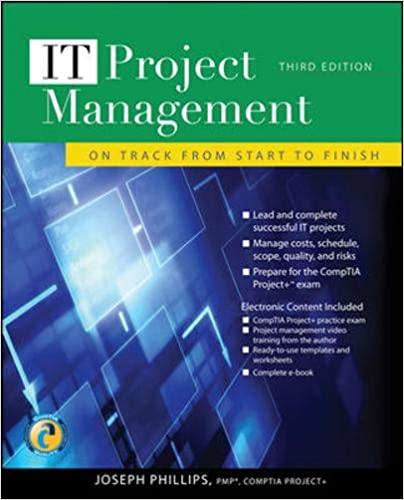Question
Light Up My Light, Inc. Your boss, Tom Dollar, the Comptroller, is an advocate of good-old-fashioned MBWA (management by walking around). COVID-19 has somewhat crimped-his-style.
Light Up My Light, Inc.
Your boss, Tom Dollar, the Comptroller, is an advocate of good-old-fashioned MBWA (management by walking around). COVID-19 has somewhat crimped-his-style. But given proper precautions it is still possible to MBWA.
He believes that meeting people and discussing various topics in the employees setting is generally more comfortable for the employee. People have some dread about being called to the front office. And are apt to be overcome by the luxurious settings of an executive office.
You are diligently working at your desk, and you are not really surprised to see Tom in the work area. He comes over, sits down and chews the fat with you for a few minutes.
Tom was originally from Buffalo, NY. So, he asks How about those Bills! Had a good year last year. Hopefully a great year in 2023.
His visit is not entirely a social call. And the conversation eventually turns to business.
He asks if you recall the possible Home Depot deal that we worked on a while ago? Of course, you recall it since you had a big role in getting some questions answered for the CEO.
Tom said that he had just come from a discussion with the CEO and a few other people. The Home Depot deal increasingly looks like it might come true! Which of course means that LUML would need to manufacture the two fixtures. [If this is fuzzy to you, look at previous assignments to refresh the brain cells.]
The Home Depot deal will be discussed at the next staff meeting. And due to her extra interest in logistics, the CEO wanted some information available for the meeting.
A desk side briefing book would work. Maybe a slide or sheet or two per topic? Hard copy 8x11.5 sheet none of this projected PowerPoint stuff.
The info would need to be complete.
---- On the one hand, you may not be in the room so the info should stand on its own. This cannot just list only bare-bones info such as L911 and L923 and say the rest was covered narratively.
---- On the other hand, we do not want a dense slide of hundreds of words of explanation.
--- Put any references on the applicable slide; and a wrap-up page of all references (like in-text & reference list).
The deal was still basically as outlined earlier. Two fixtures (L911 and L923). Sell what we could produce. Still need to have both models available. We have not fixed that problem with the constraints so we will produce for max profits per the earlier analysis. Selling price to HD & cost to produce remain unchanged. Still need not consider taxes, depreciation, etc. [Or if it makes you more comfortable, an alternate view is to consider the production costs as fully loaded with all of those overhead-type extras included. Of course, the answer is the same in either case.] Would still like to maximize profit.
The original plan was to produce the 2 fixtures models for 20 days. During that period, orders from other customers for other models would be handled by inventory management, et cetera, as originally outlined. But that may change. See the questions below for an option.
Our sources of supply and the like have been confirmed. So, we do not need to worry about that aspect.
At this point in time, Mrs. Ennis is primarily interested in a what-ought-to-be-process. Later, we may be able to compare the current LUML processes with this gold standard.
So here are the questions on the production phase.
**** A desk-side is preferred. So, no slides with hundreds of words! No long narrative page-after-page. Recall what you have already learned about running a meeting; and presenting. ****
Q#1. What are the major facets of logistics activity in the production phase? How does that fit into the overall life cycle? What do we hope to accomplish? Briefly describe each.
Q#2. The original plan was to produce L911 and L923 fixtures every day. So that would be pretty much a continuous production run. What would that look like? Explain.
[Caution: Do you really want to try to do this with a word picture? Recall that we have many specifics about the production run for the HD-WNY project.]
Q#3. What if we cannot really manage all the other customers and other orders if we dedicate our entire production facility to this one HD-WNY order (albeit a very large order). So, we might run the HD order for say 4 days; and then do a day of alternative production runs; run HD for 4 days; alternate for a day; et cetera until we have the 20 days for HD. What would that look like? Explain, including any anticipated impacts.
[Caution: Do you really want to try to do this with a word picture? Recall that we have many specifics about the production run for the HD-WNY project.]
Textbook: Logistics Engineering and Management, Chapter 7: Logistics in the Production/Construction Phase
Please provide references!!!!
Step by Step Solution
There are 3 Steps involved in it
Step: 1

Get Instant Access to Expert-Tailored Solutions
See step-by-step solutions with expert insights and AI powered tools for academic success
Step: 2

Step: 3

Ace Your Homework with AI
Get the answers you need in no time with our AI-driven, step-by-step assistance
Get Started


